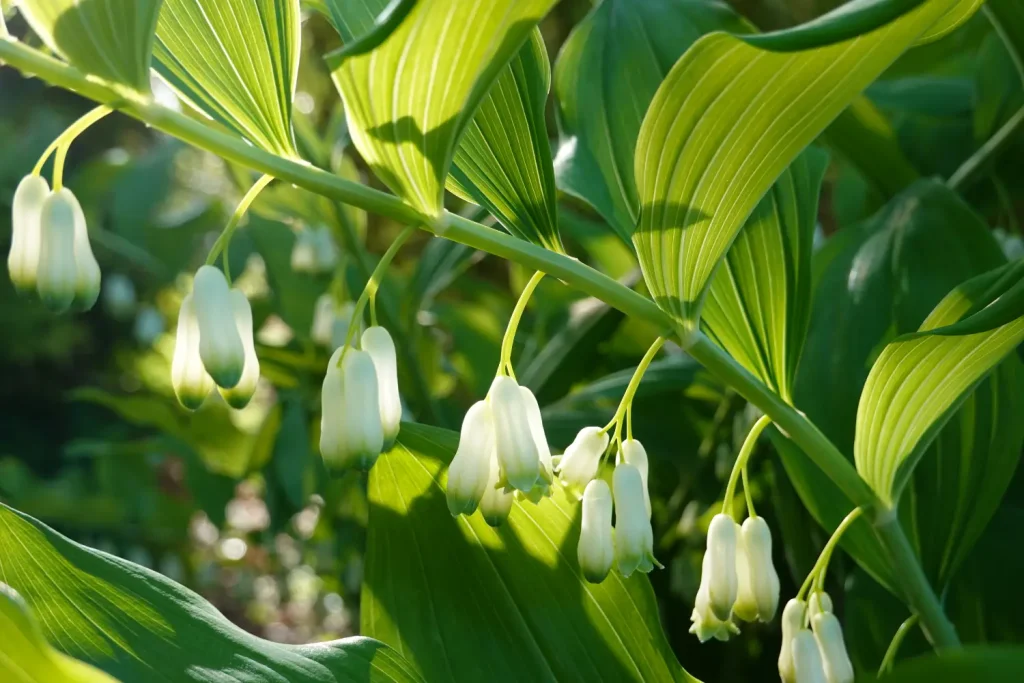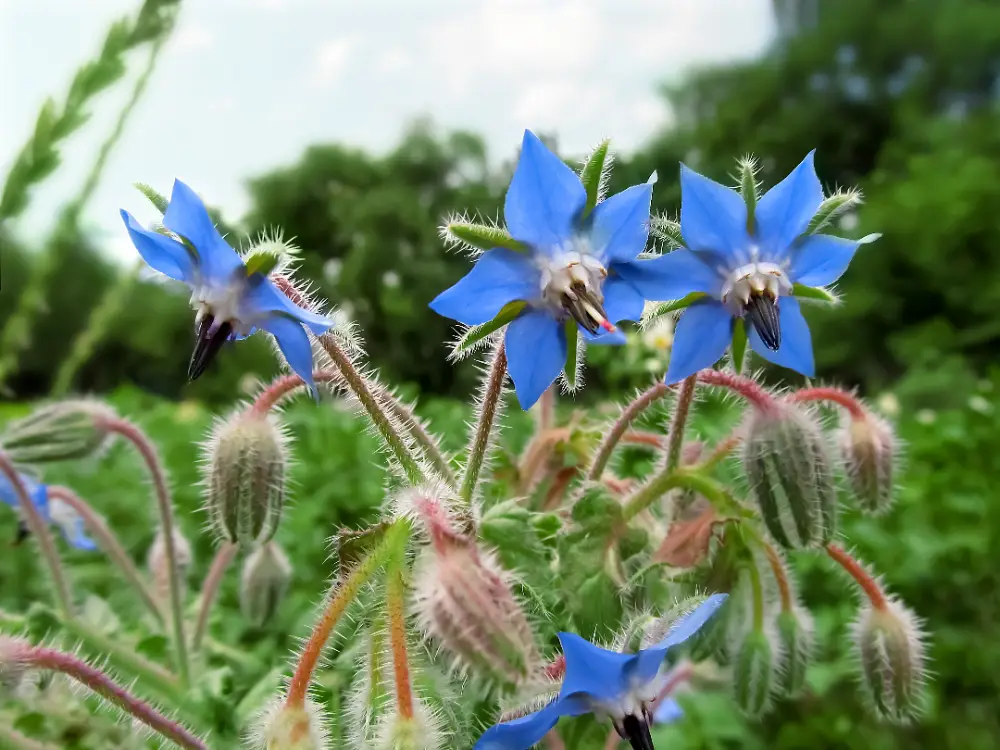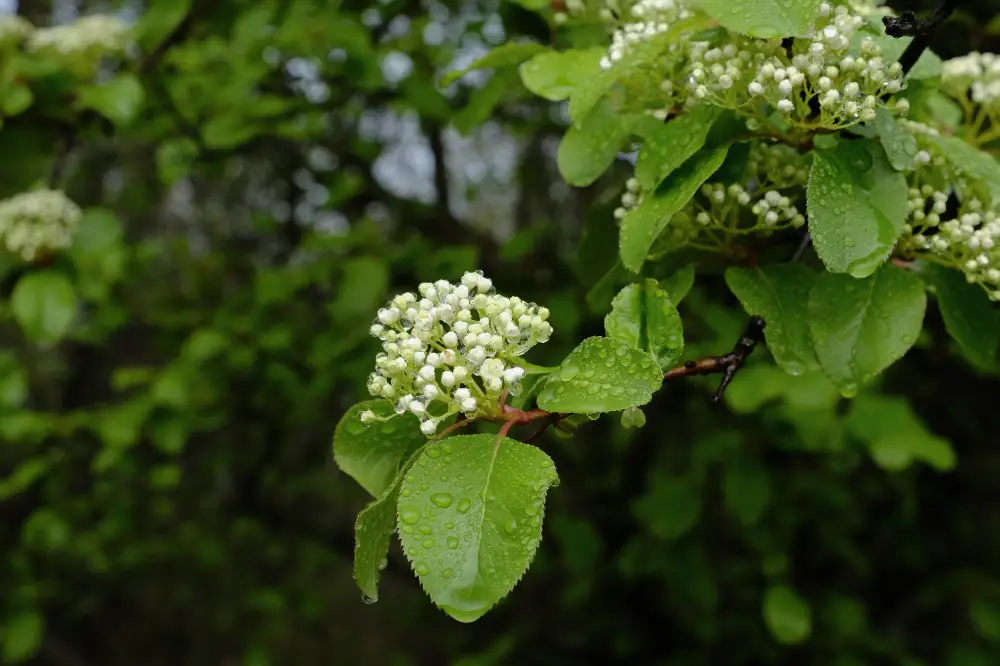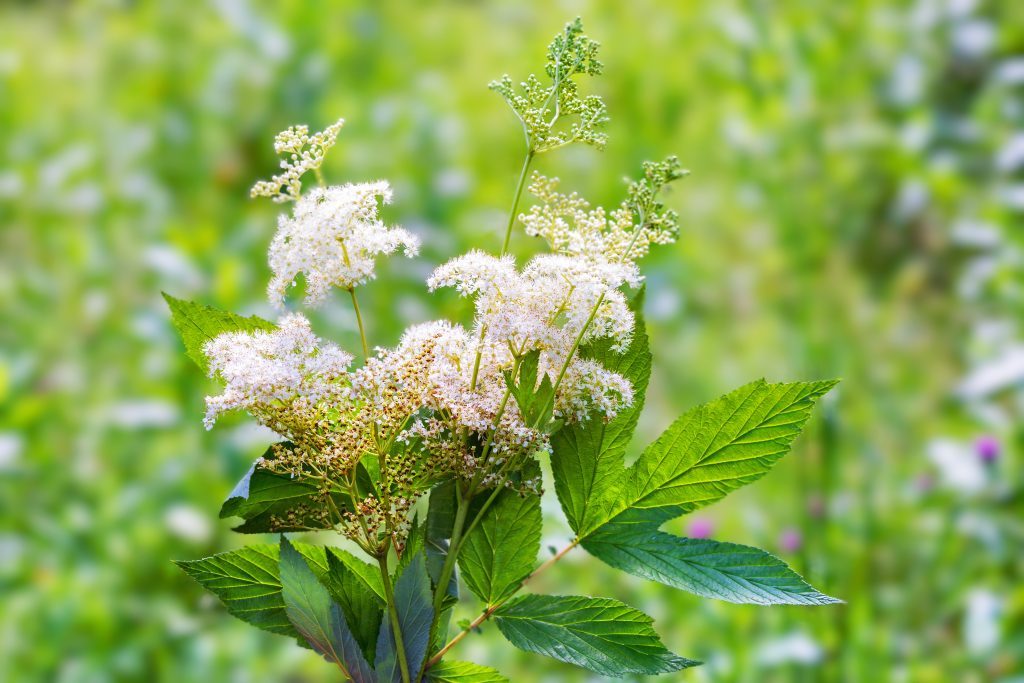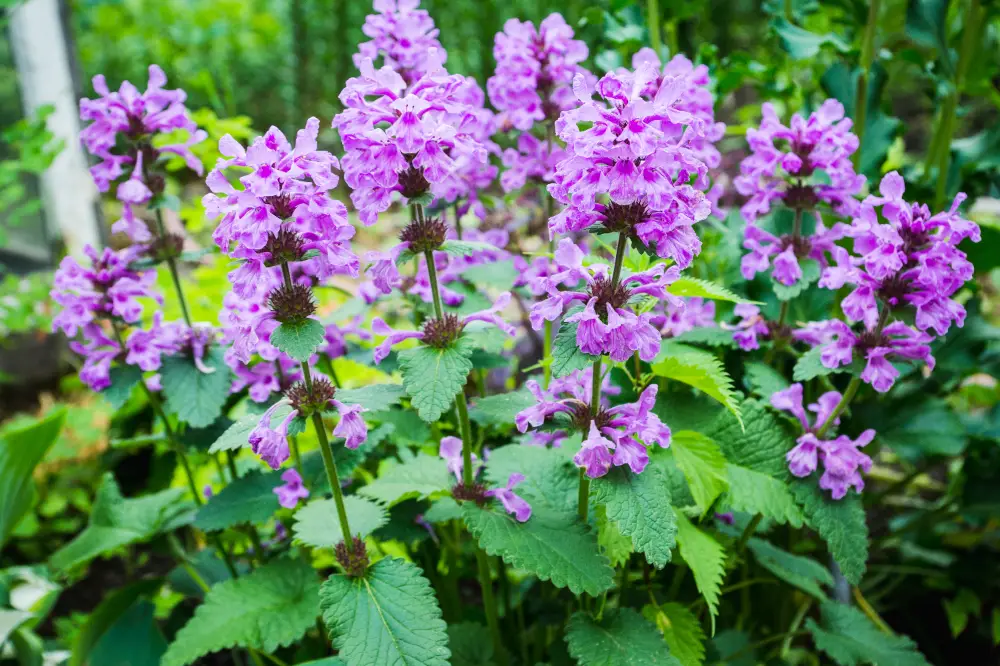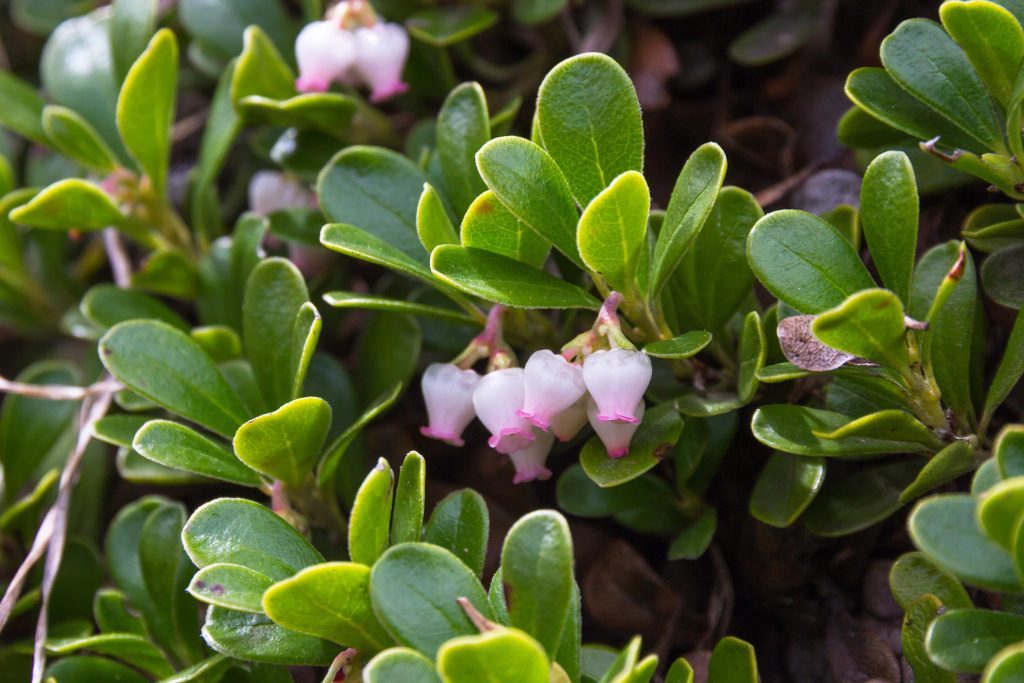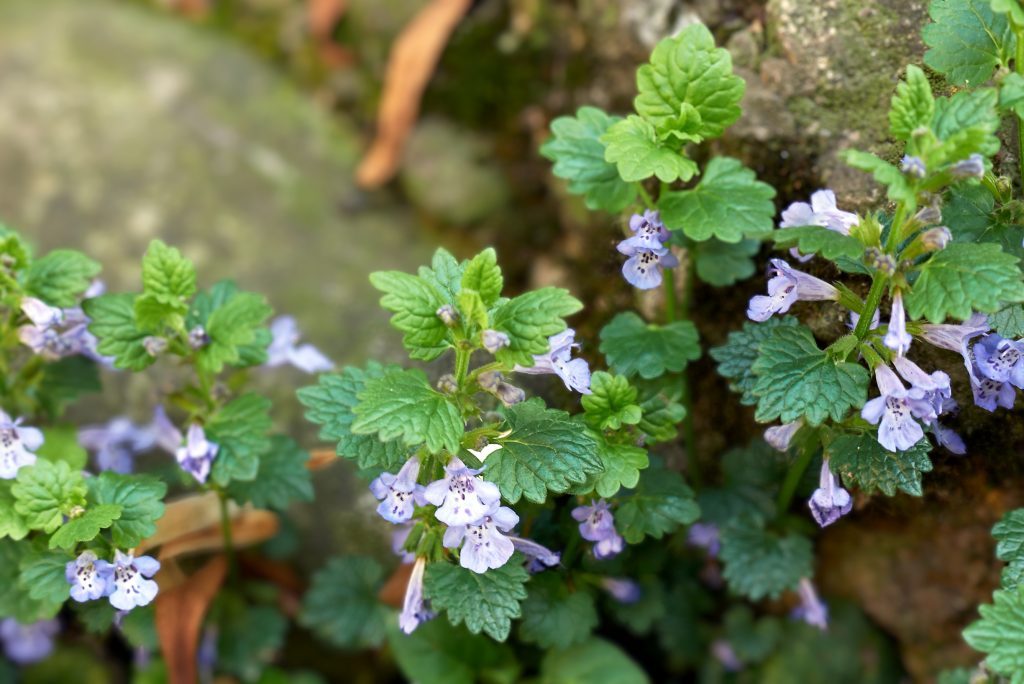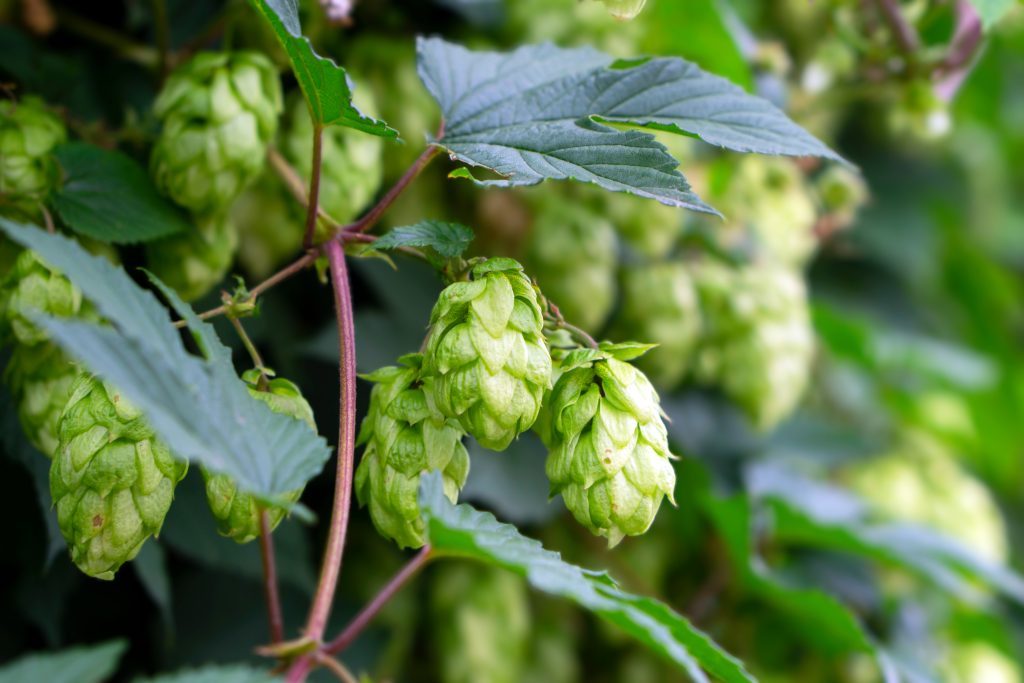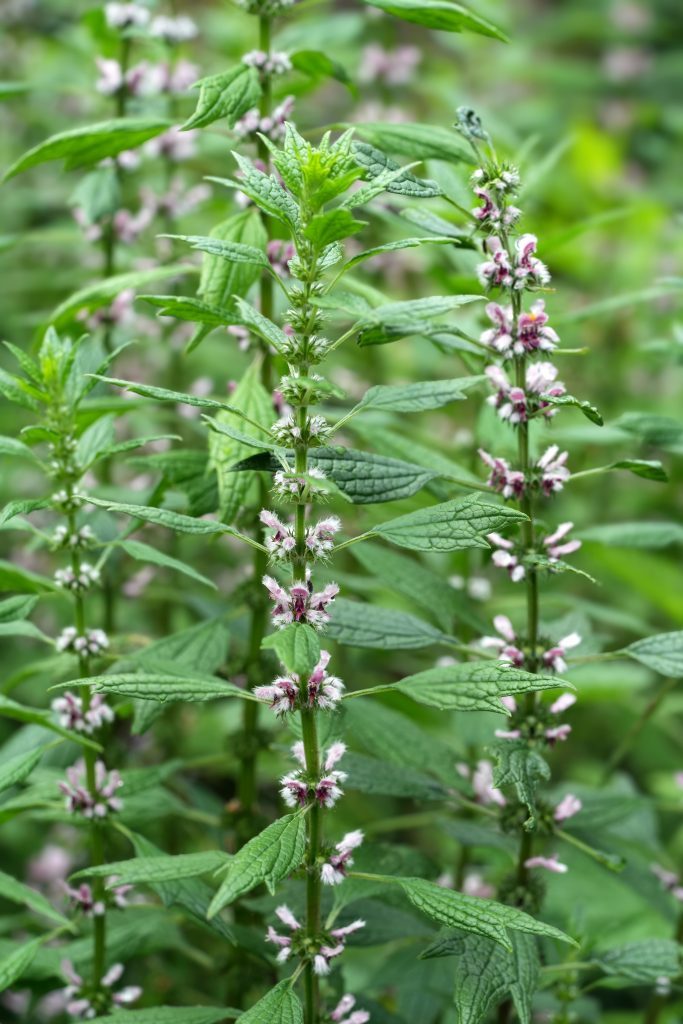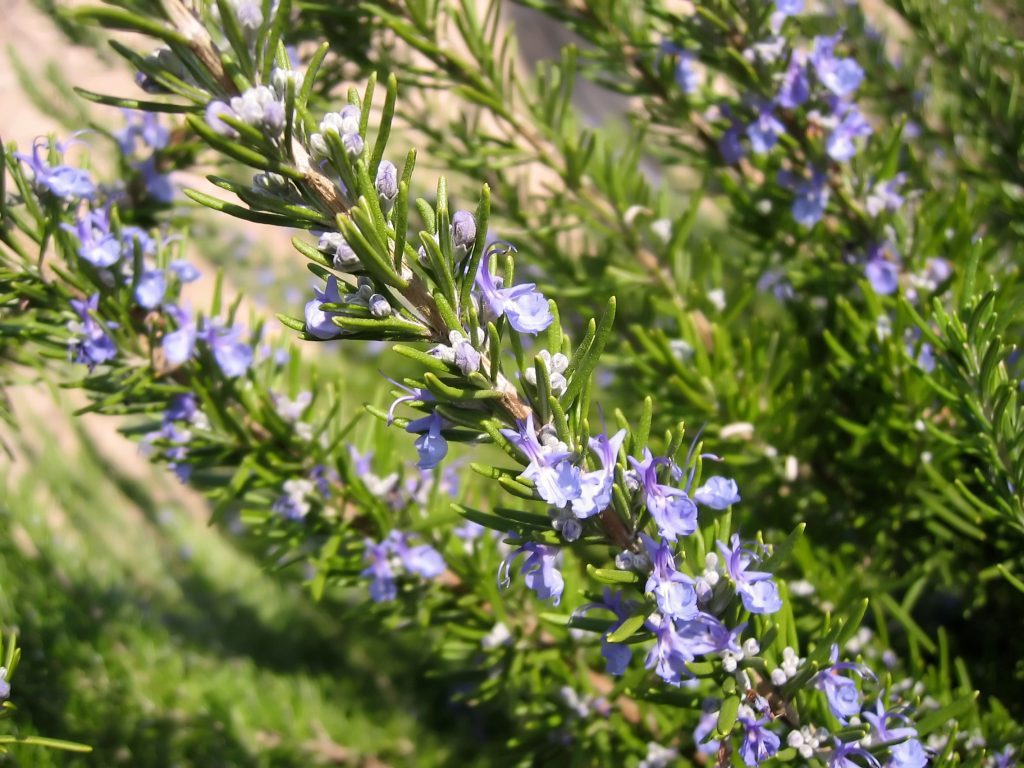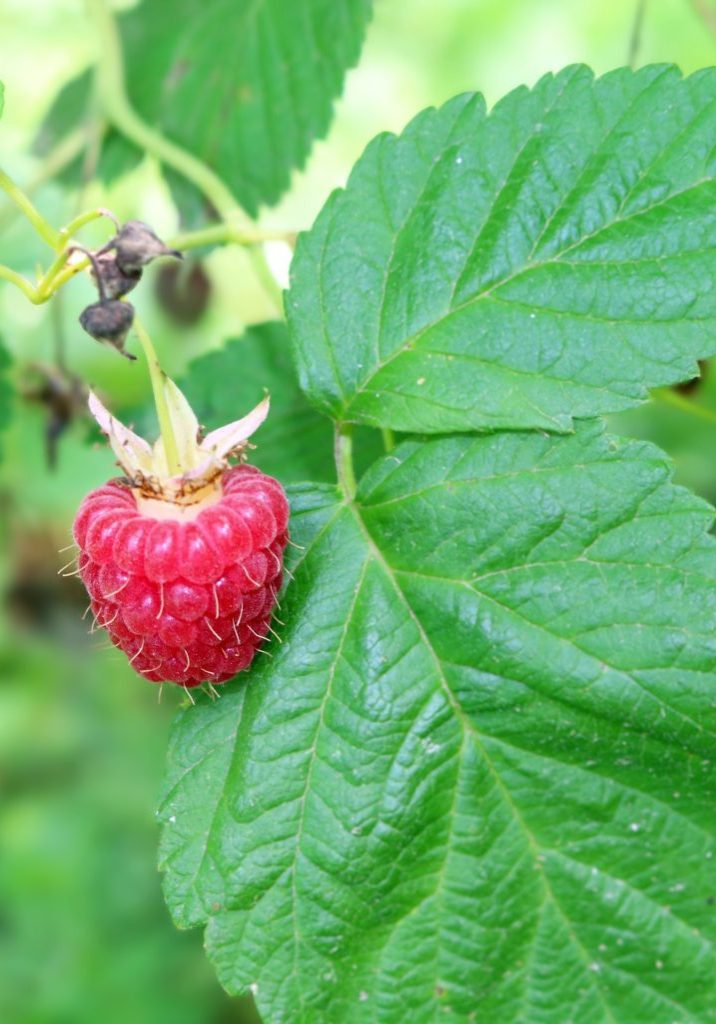
Red Raspberry
Rubus idaeus var. canadensis, R. strigosus
Rosaceae (Rose Family)
The Feminine Tonic for Reproductive Health, Healing, Vitality, and much more.
Other names:
European Raspberry, Wild Raspberry, Garden Raspberry.
Superpower
The ability to nourish and strengthen the uterus, especially during pregnancy and postpartum, makes it a staple herb for supporting women’s reproductive health.
Uses
Used for centuries in European and Native American medicine, particularly for supporting women’s reproductive health. Traditionally, the leaves were made into teas to help strengthen the uterus during pregnancy, ease menstrual pain, and support postpartum recovery. Beyond reproductive health, it was also used to soothe digestive issues and as a general tonic to improve overall vitality.
Current Uses:
- Women’s Health: Today, Red Raspberry leaf remains one of the most popular herbs for reproductive health, particularly for pregnancy and postpartum recovery. It helps to tone the uterus, improve circulation, and reduce menstrual cramps.
- Digestive Support: Red Raspberry leaf is commonly used to soothe digestive issues such as diarrhea, nausea, and indigestion. Its astringent properties help tone the digestive tract and reduce inflammation.
- Anti-inflammatory and Antioxidant: The leaves and berries of Red Raspberry are rich in antioxidants, including ellagic acid and flavonoids, which help fight inflammation and promote overall health.
- Respiratory Health: Red Raspberry leaf is sometimes used to relieve respiratory conditions by soothing irritated mucous membranes and helping to clear excess mucus.
Cautions
Toxicity:
None repoted. Generally considered safe when used within recommended doses.
Contraindications:
Pregnancy: Use caution in first trimester of pregnancy.
Hormonal Sensitivity: Those with hormone-sensitive conditions should use caution, as Red Raspberry may have subtle hormone-modulating properties.
Interactions:
May theoretically inhibit the absorption of drugs and nutrients when used simultaneously, due to its high tannin content. It’s best to take the herb at a different time than other medications or supplements to avoid potential interference.
Known Chemical Constituents
Leaves:
Flavonoid Glycosides: Quercetin, kaempferol, rutin (antioxidant, anti-inflammatory)
Tannins: Astringent compounds that tone tissues and aid in healing
Vitamins: Vitamin C, E, and B-complex
Minerals: Calcium, magnesium, potassium, iron, FeSe, niacin (supports bone health and energy production)
Phenolic Acids: Ellagic acid (anti-inflammatory and antioxidant)
Polysaccharides: Supports digestive health and immune function
Fruit:
Vitamins: Rich in Vitamin C, A, E, K, calcium, magnesium
Minerals: Potassium, manganese
Anthocyanins: Provides antioxidant and anti-inflammatory benefits
Ellagitannins: Contributes to cancer prevention and heart health
Ketones: 4-hydroxyphenyl (potential metabolic and anti-inflammatory effects)
Dietary Fiber: Supports digestive health and promotes regularity
Natural Sugars: Provides a sweet flavor along with energy-boosting properties
Botanical Description
Habitat: Rubus idaeus, including its varieties Rubus idaeus var. canadensis and Rubus strigosus, thrives in temperate regions, often found in woodlands, meadows, and along forest edges. It is native to Europe, North America, and parts of Asia, flourishing in well-drained soils with plenty of sunlight.
Leaves: The leaves are pinnately compound, with 3 to 5 toothed, oval-shaped leaflets that are dark green on the upper side and a soft, pale green underneath. The leaves have a mildly astringent taste and are the part most commonly used in herbal medicine.
Stems: The stems (also known as canes) are woody and thorny, with a characteristic reddish-brown color. They grow in biennial cycles, with new growth producing fruit in the second year.
Flowers: Small, white to pale pink flowers bloom in late spring to early summer, attracting pollinators like bees. They form in clusters and are the precursor to the fruit.
Fruits: The fruit is a bright red aggregate berry, composed of many small drupelets. It ripens in mid to late summer and is well-known for its sweet and tart flavor, rich in vitamins and antioxidants.
Roots: The root system is shallow and spreading, enabling the plant to propagate easily through suckers. The roots are sometimes used in traditional remedies, though the leaves are more commonly utilized in herbal medicine.
Fun Facts
Red Raspberry leaf has been referred to as “the woman’s herb” for centuries due to its historical use in supporting female reproductive health. In folklore, it was often brewed into tea by midwives to ease labor and promote faster recovery during childbirth.
Parts Used
Leaves
Harvest
Timing: Red Raspberry leaves are best harvested in late spring to early summer, before the plant flowers, as this is when the medicinal compounds are most concentrated. The fruit is typically harvested in mid to late summer, once fully ripe.
Method: Use scissors or pruners to cut the leaves from the canes, ensuring the plant remains intact for future growth. When harvesting the berries, gently pluck them from the plant when they are plump and deep red in color.
Storage: Dry the leaves in a cool, shaded, and well-ventilated area. Once fully dried, store them in airtight containers away from direct sunlight and moisture. The leaves are most potent when used within one year. The fresh berries can be eaten immediately, or they can be frozen or dried for longer-term storage.
Preparations
Teas/Infusions: Red Raspberry leaf is most commonly used in teas and infusions to support reproductive health, digestive wellness, and respiratory health. It is particularly beneficial for women during pregnancy, menstruation, and postpartum recovery, providing gentle toning and nourishment for the uterus.
Tinctures: Tinctures made from Red Raspberry leaf are used for menstrual cramps, digestive issues, and inflammatory conditions. The tincture offers a more concentrated form for quick-acting relief.
Poultices: Fresh leaves can be crushed and applied as a poultice to soothe skin irritations such as rashes or burns. The astringent properties of the leaves help reduce inflammation and promote healing.
Capsules: Red Raspberry leaf is sometimes taken in capsule form to provide nutritional support, particularly for women’s health, and as a digestive tonic.
Syrups: A syrup made from the leaves can be used to soothe respiratory conditions, particularly coughs and sore throats, helping to clear mucus and reduce irritation in the lungs.
Sacred Rituals
Sip a rasberry leaf tea, focus on your breath and set the intention to nurture and strengthen your body, particularly your womb or center of creativity. This ritual is ideal for moments of introspection, self-care, and connection with your feminine energy, especially during menstruation, pregnancy, or times of emotional or physical healing.
Affirmations
“I am surrounded by love and fertility. Like the raspberry, I thrive and flourish.”
Spiritual Associations
Raspberry is associated with protection, love, and fertility.
Functions
A substance or agent that causes contraction or tightening of tissues, often reducing secretions or bleeding.
Menstrual Health
Menstrual health refers to the overall well-being and proper functioning of the menstrual cycle, including hormonal balance, cycle regularity, and the absence of significant pain or discomfort.
ParturifacientA substance that induces or accelerates labor by stimulating uterine contractions, aiding in childbirth.
Pregnancy, Postpartum, & LactationRefers to the stages of reproductive health encompassing the period of carrying a child, recovery after childbirth, and breastfeeding to nourish the infant.
StimulantA substance that increases physiological or nervous activity, leading to enhanced alertness, energy, and metabolic function.
Uterine tonicA substance that nourishes, strengthens, and supports the healthy functioning of the uterus, helping to maintain or restore its optimal tone and overall reproductive health.


